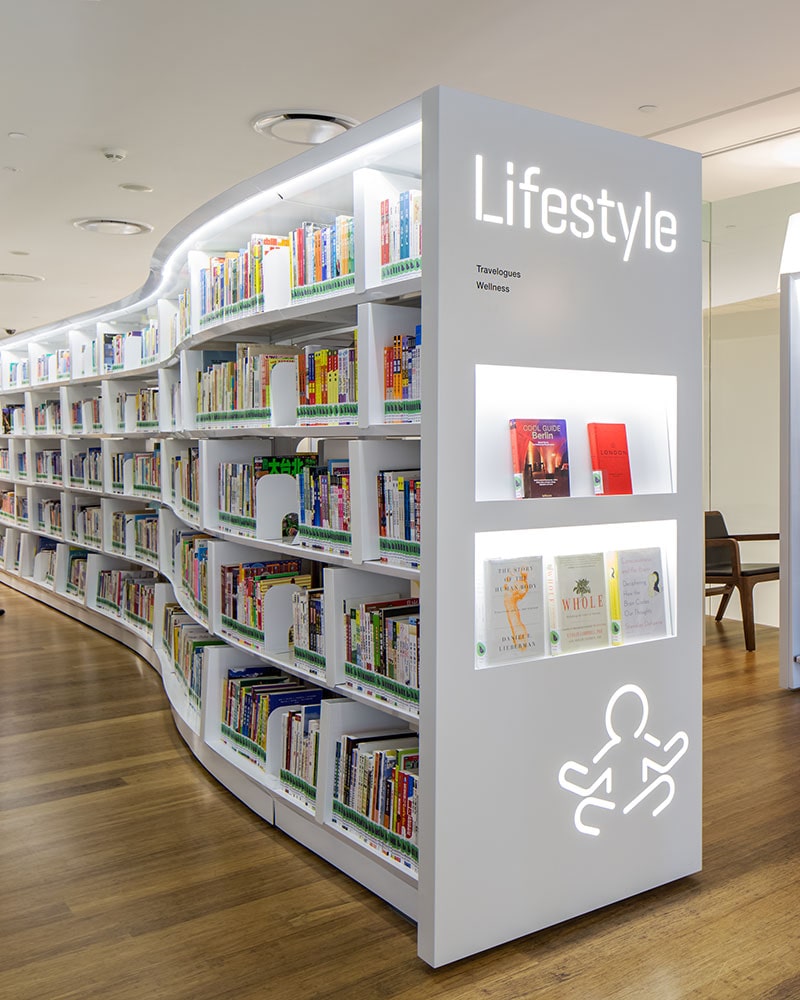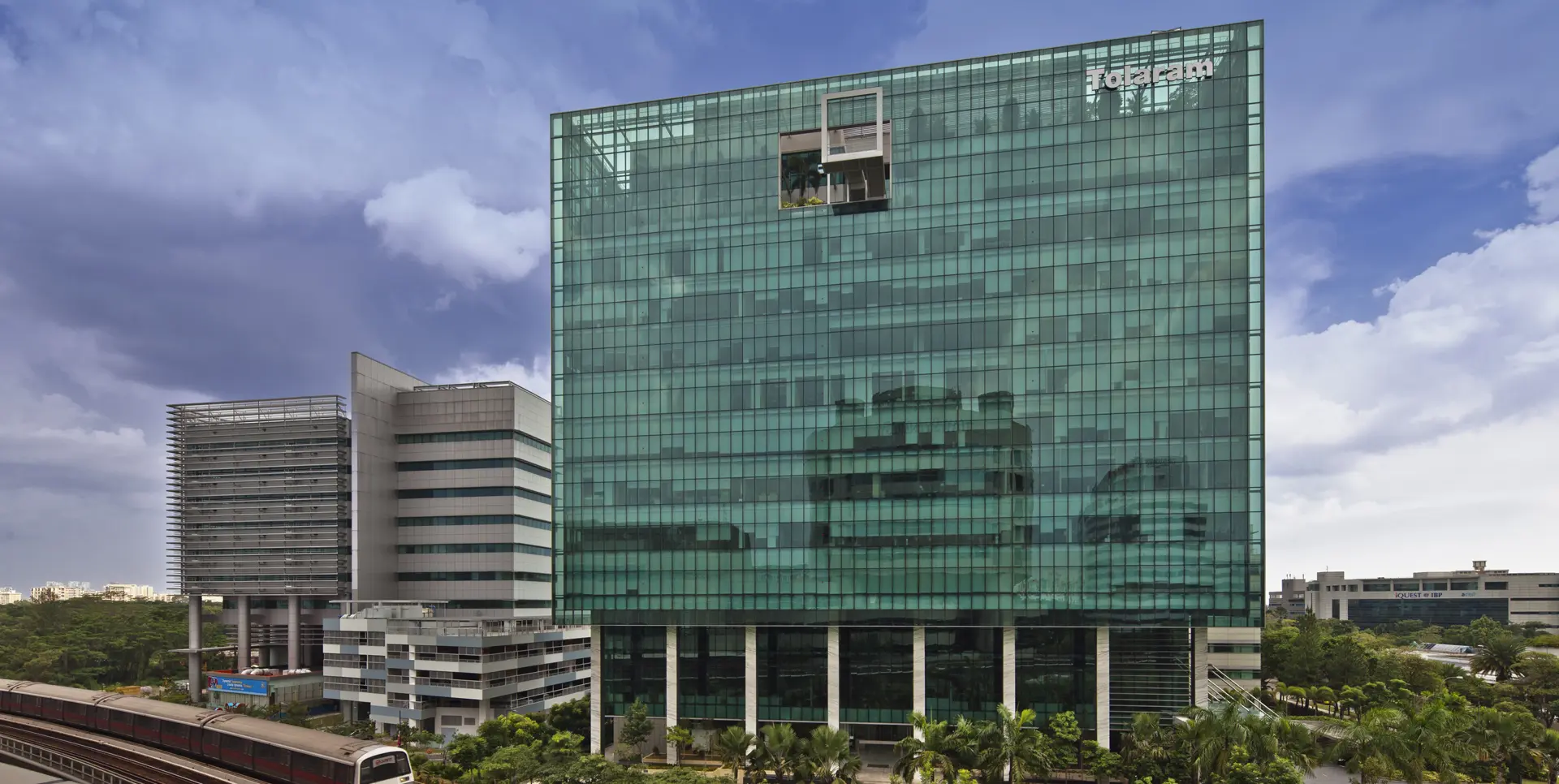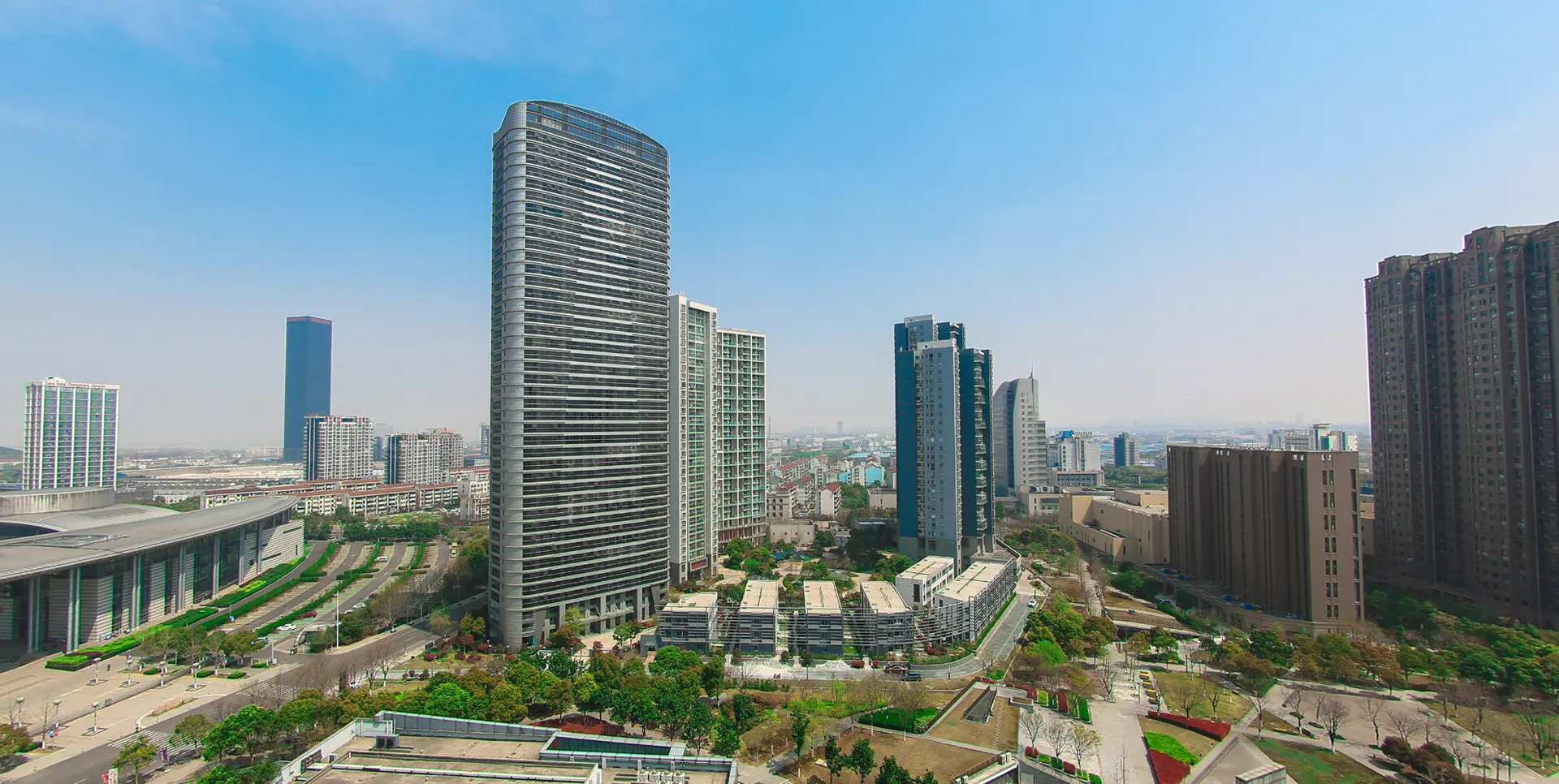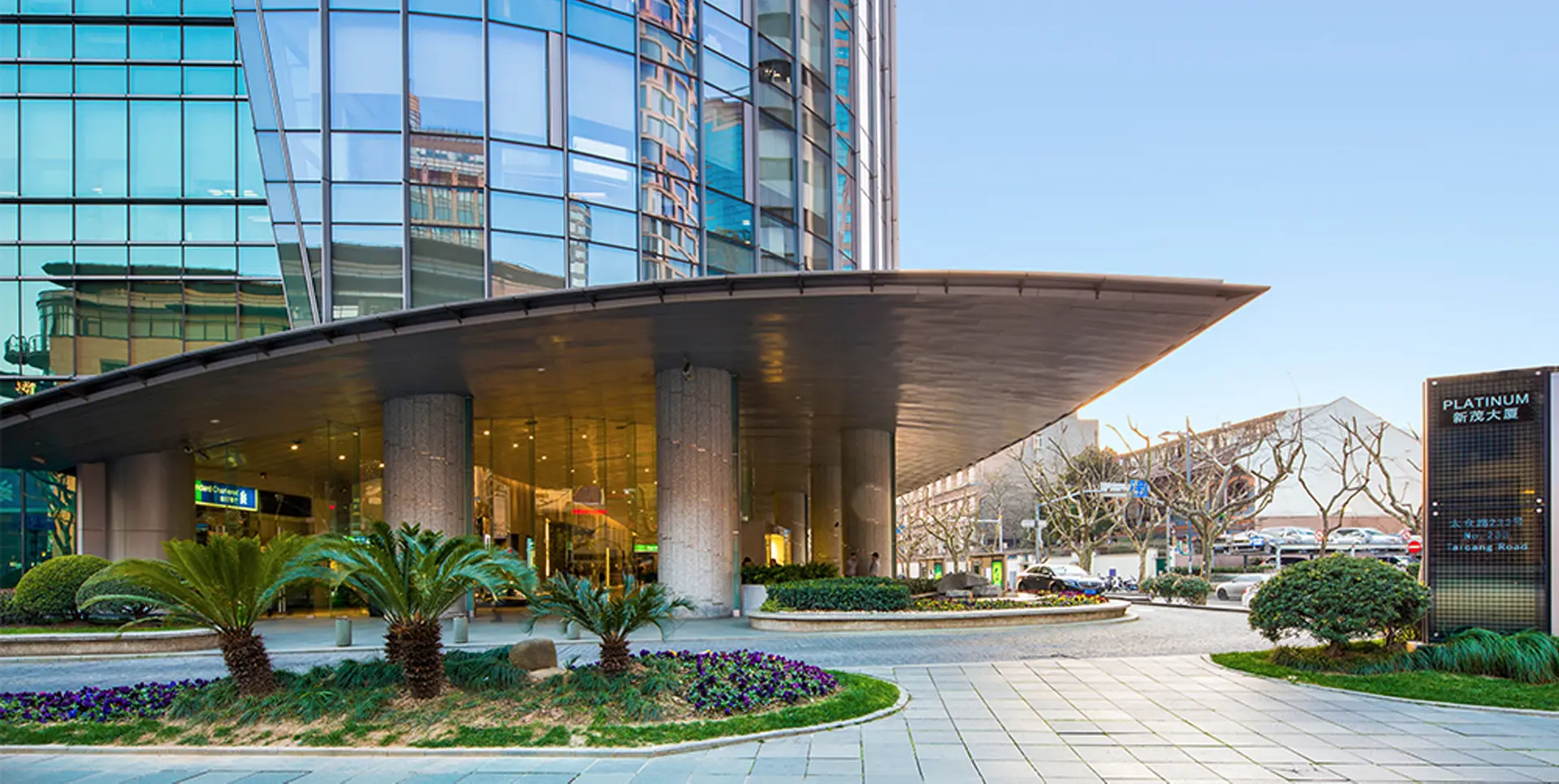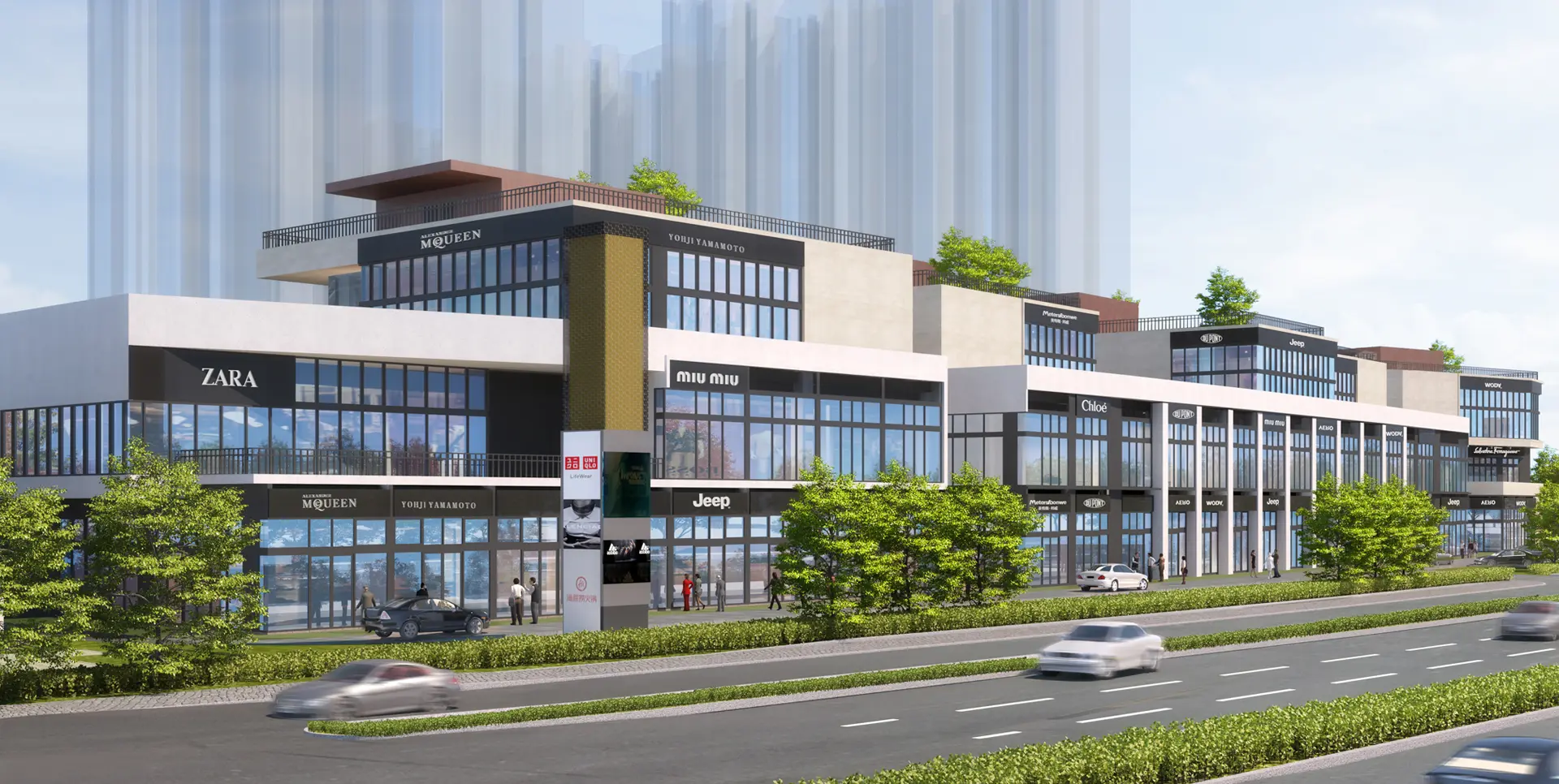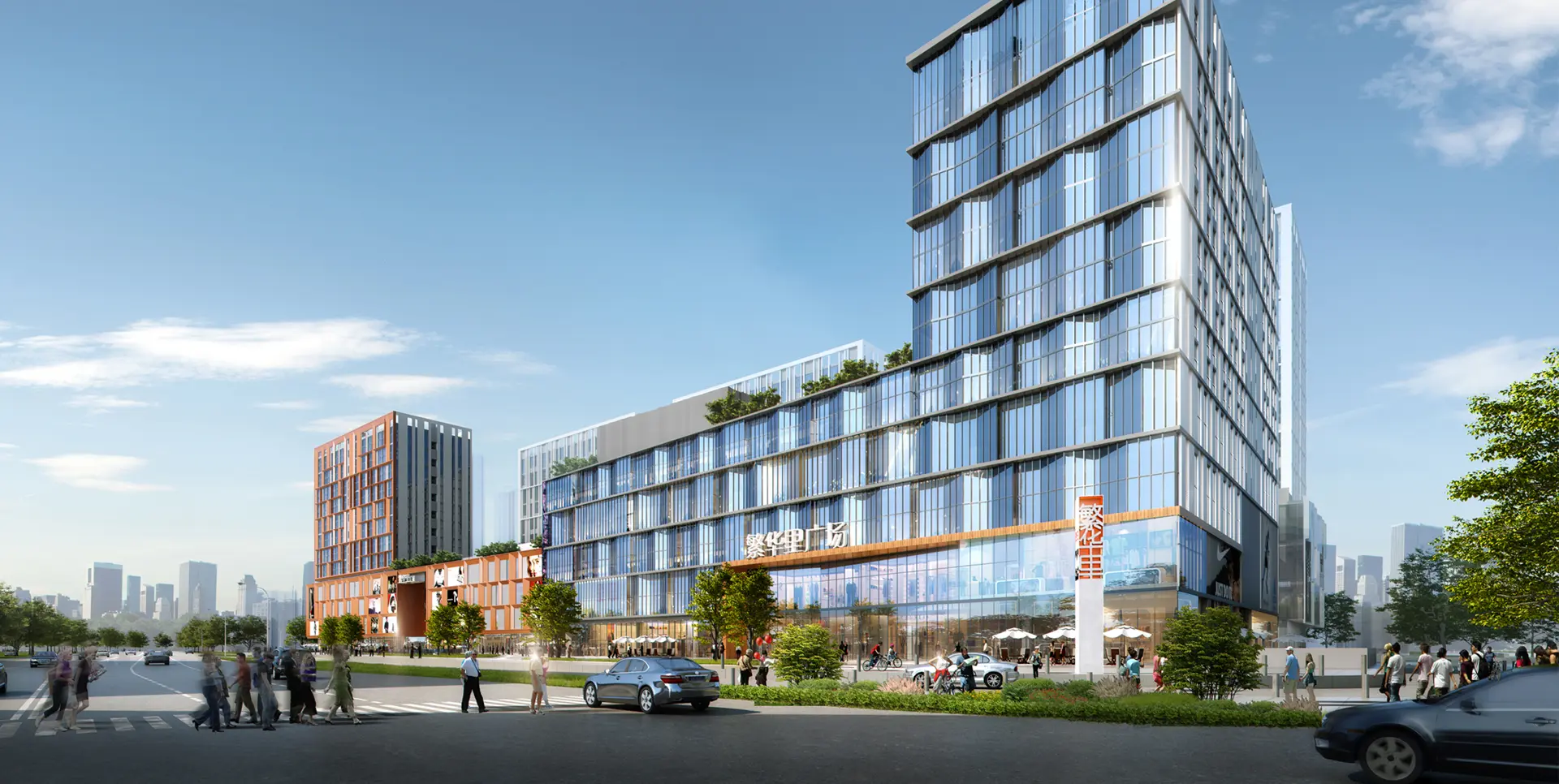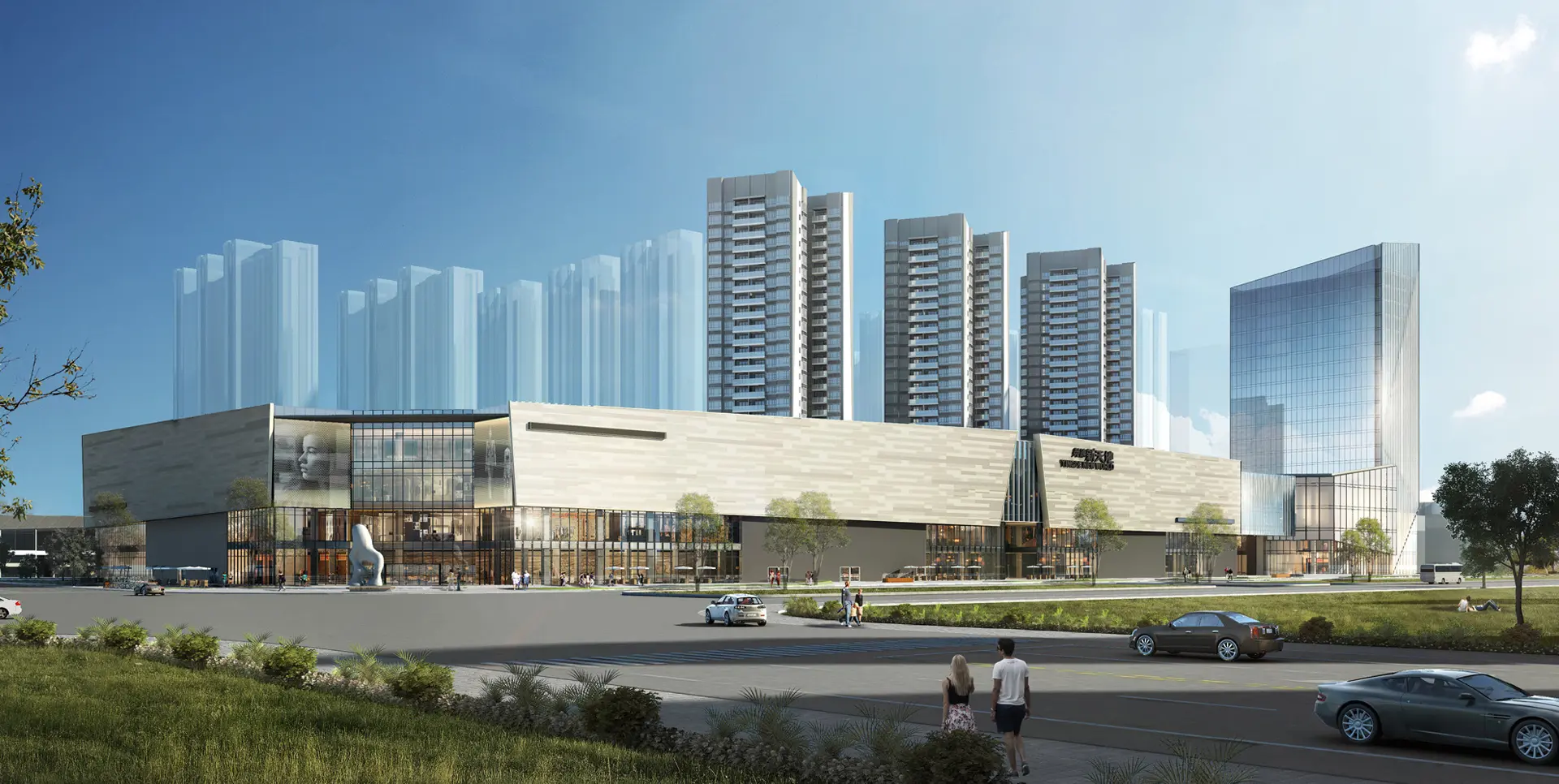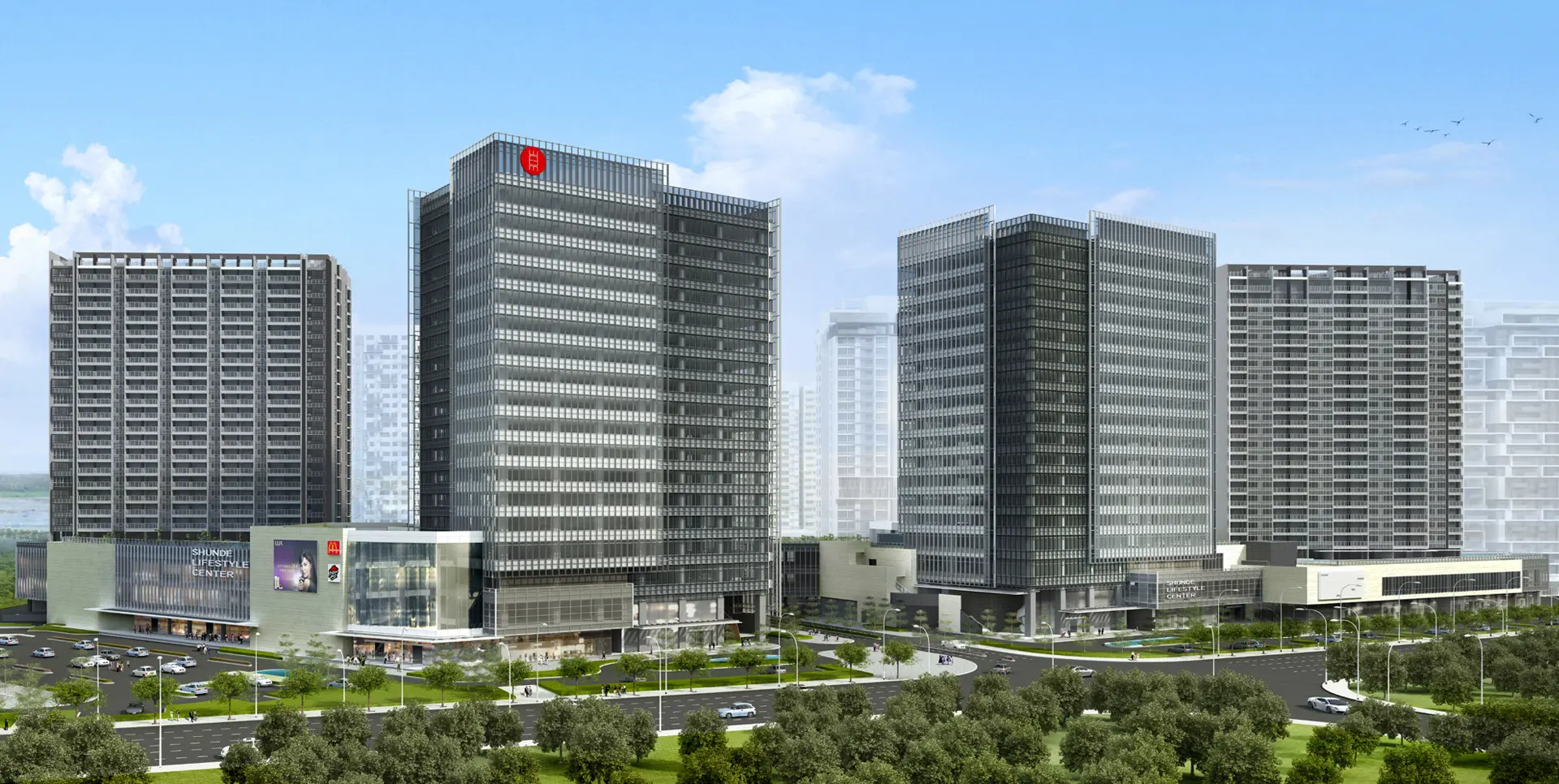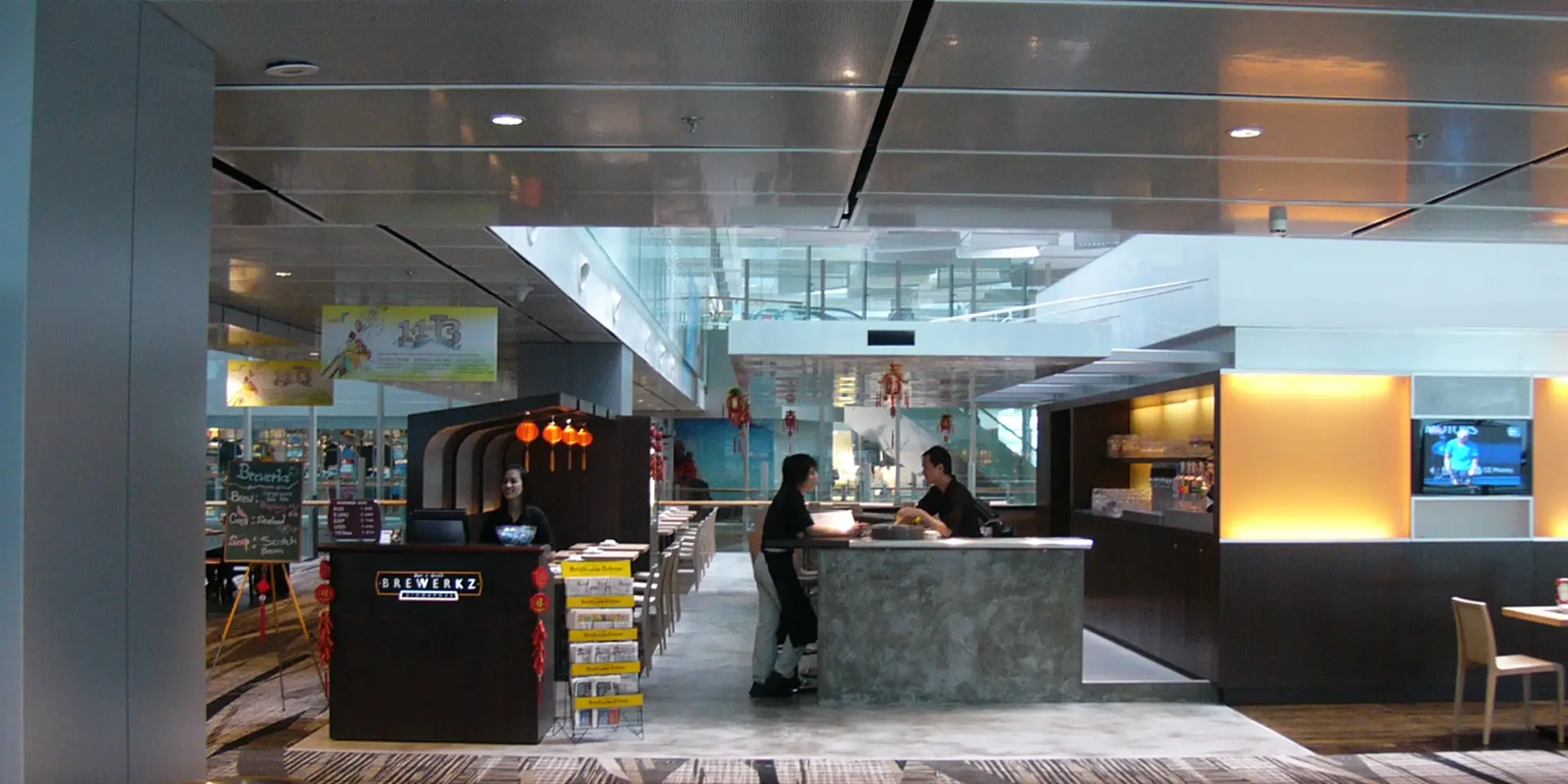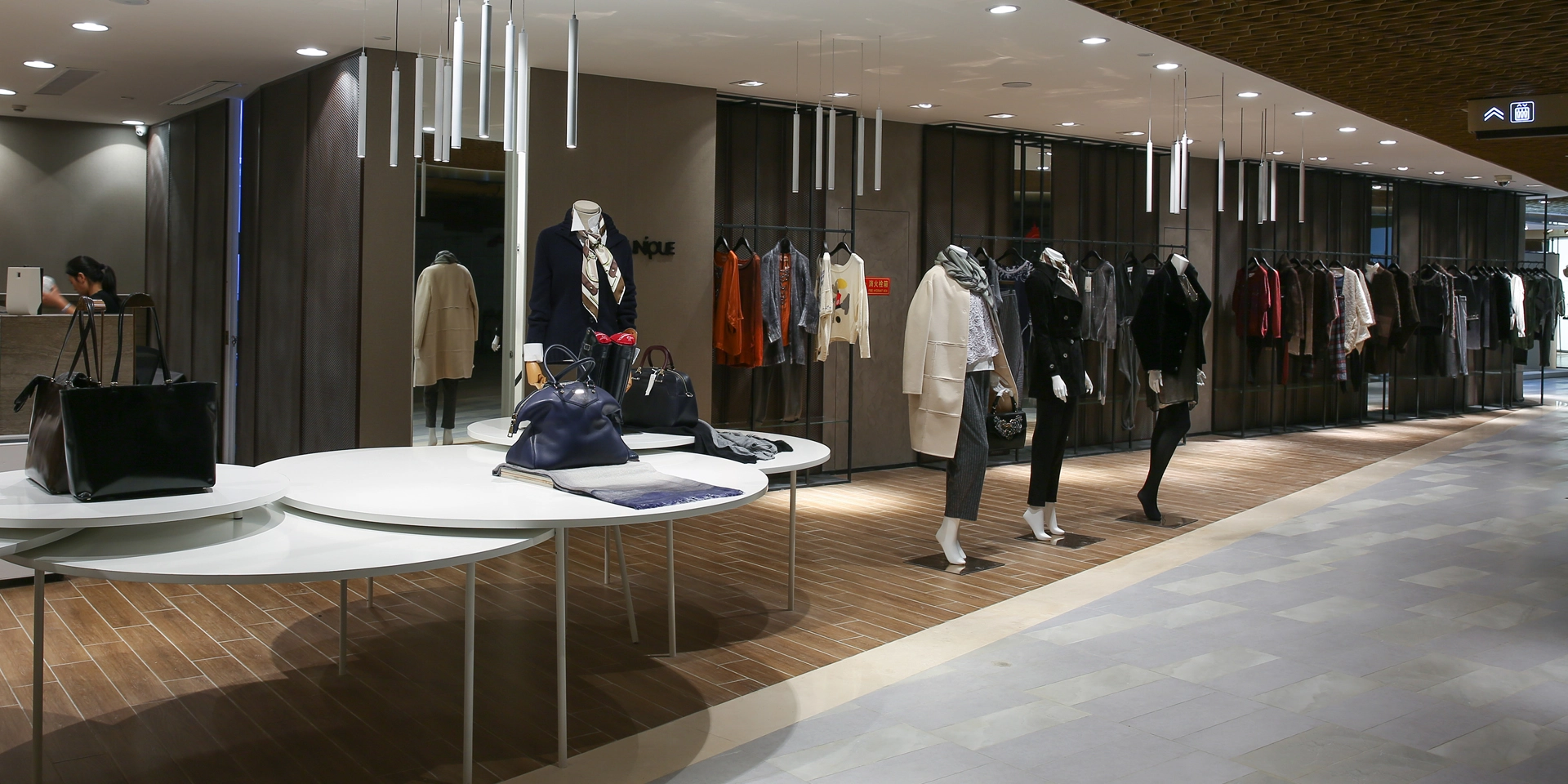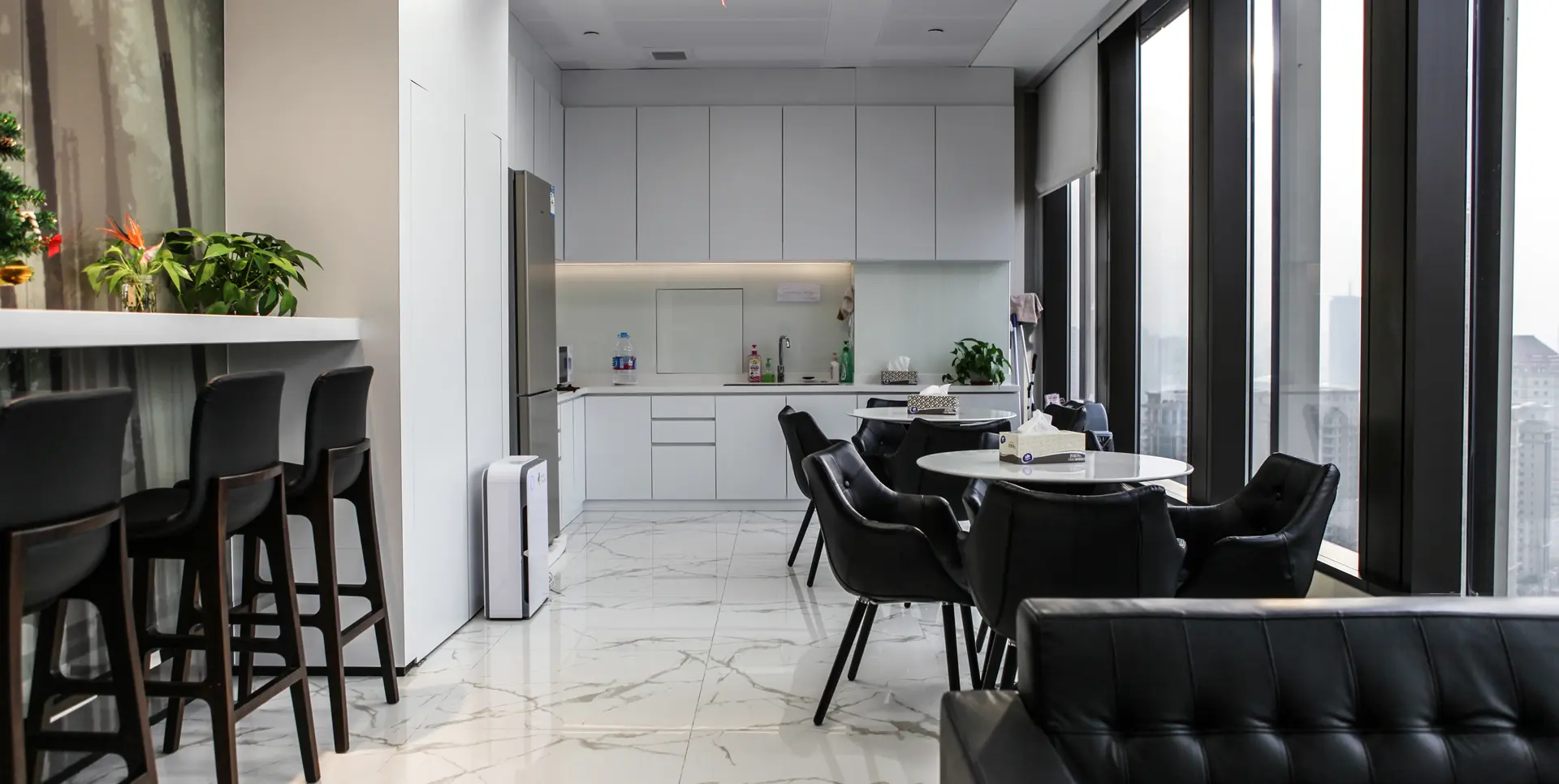Shanghai Xintiandi represents a pioneering model of urban renewal, where heritage conservation meets contemporary placemaking. Set within a historical Shikumen district, the masterplan reimagines nearly 30 hectares of once-decaying stone-gate houses into a vibrant, mixed-use destination that blends retail, culture, leisure, and community life. By carefully preserving traditional alleyways, façades, and brick materials, while introducing modern insertions and public plazas, the development initiates a compelling conversation between past and present.
More than a commercial precinct, Xintiandi redefines adaptive reuse in China, influencing nationwide perspectives on historic preservation and proving that urban regeneration can honor memory while driving economic and cultural vitality.
Location
Shanghai, China
Completion
2001
GFA
2,9706 ha
Client
Shui On Land
Services
Masterplanning & Urban Design, Architecture
Urban Dialogue at Eye-Level: Blending Memory and Modernity
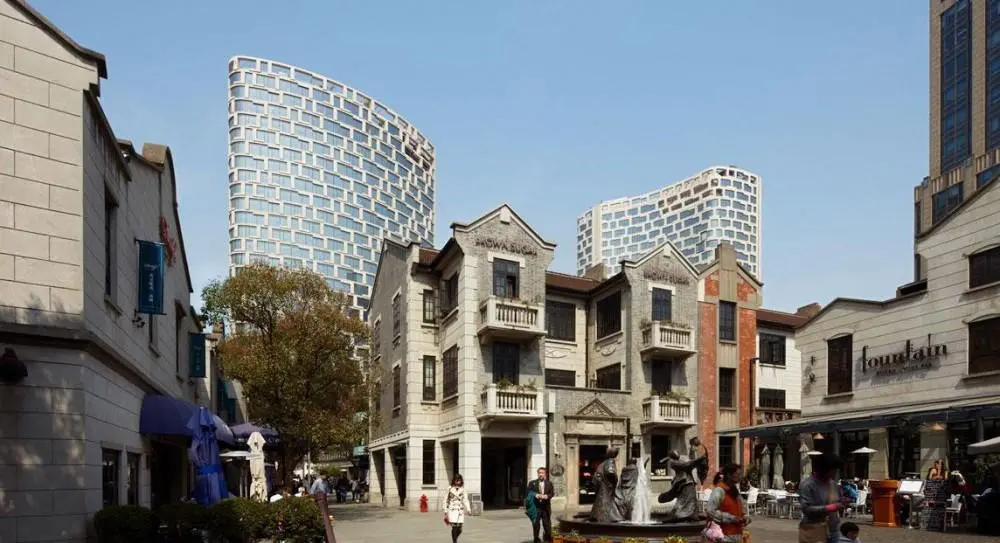
This streetscape view of Shanghai Xintiandi captures the essence of its masterplanning strategy—a deliberate juxtaposition of restored Shikumen architecture with bold contemporary towers in the background. The intimate scale of the stone-gate buildings and human-centered pedestrian alleys cultivates a vibrant public realm, reinforcing a sense of community and historical continuity.
Meanwhile, the dynamic skyline peeking beyond the preserved facades signals a forward-looking urban identity, proving that heritage and progress need not be at odds. This carefully calibrated layering of old and new enriches the urban experience, offering locals and visitors a unique blend of nostalgia, culture, and cosmopolitan energy.
Reviving Place Through Contextual Renewal
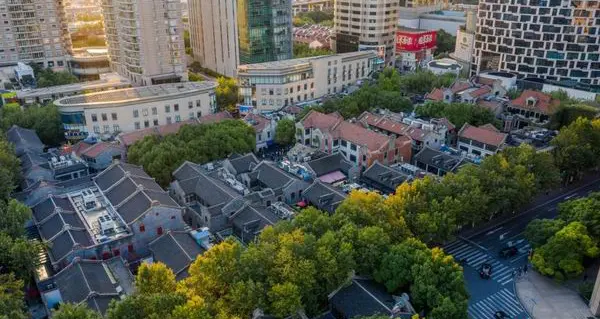
This masterplan and aerial view illustrate the careful layering of old and new that defines Shanghai Xintiandi’s urban strategy. Rather than erasing the past, the design retains narrow alleys and original street patterns, rebuilding around them with recycled grey bricks and modern interventions that respect historical scale.
As trees and parks soften the urban fabric, the neighborhood becomes more than a commercial hub—it transforms into a vibrant urban village rooted in memory and layered spatial experience.
The result is a high-value cultural district that not only boosts real estate prices but also redefines the city’s approach to preservation and placemaking.
Pedestrian-friendly design reinforces community interaction, while a fine-grained network of courtyards and pathways enhances discovery and social vibrancy. This sensitive yet strategic planning model has become a benchmark for urban revitalization across Asia.
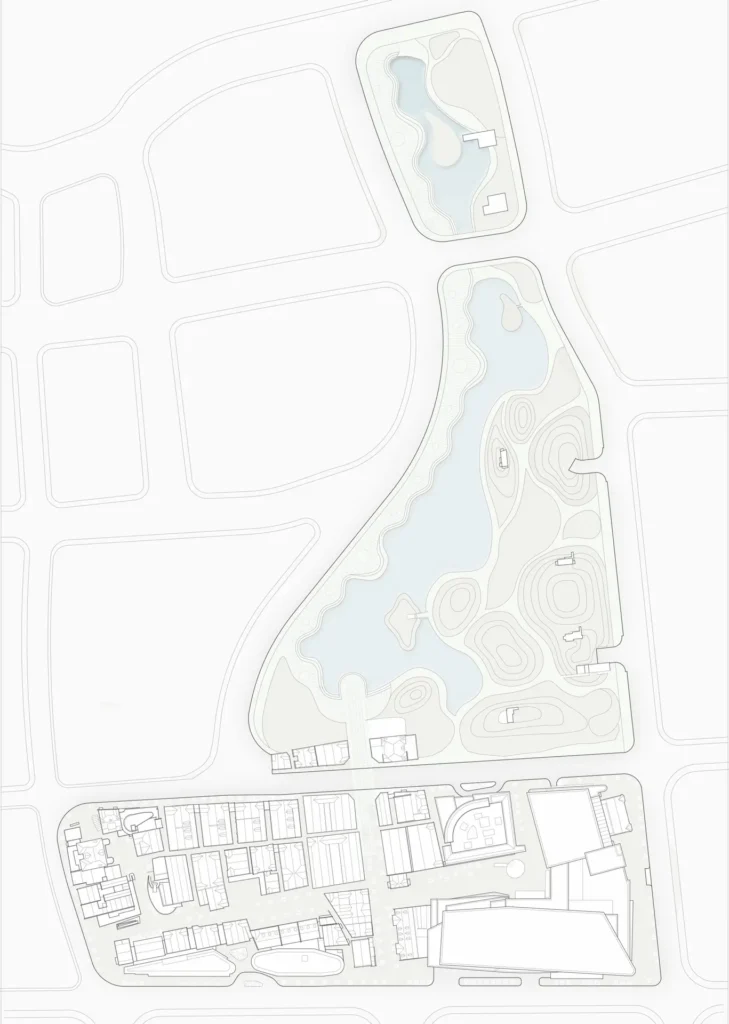
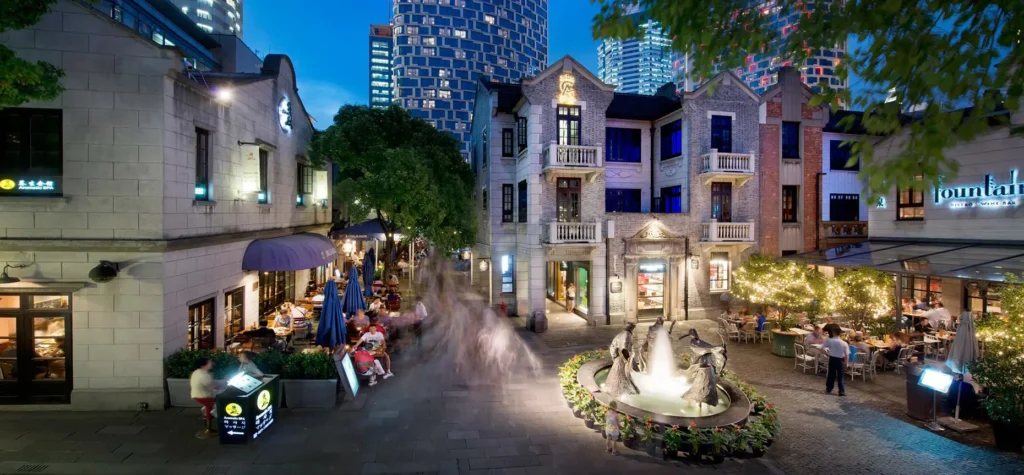
Shanghai Xintiandi stands as a pioneering model for adaptive urban regeneration—one that doesn’t merely conserve history but reactivates it as a driver of future growth. By bridging traditional alleys and heritage architecture with contemporary commercial, cultural, and leisure spaces, the project creates an immersive, walkable district that is both globally relevant and deeply rooted in local identity. Its influence extends far beyond its physical boundaries, inspiring new standards for urban renewal across China and the world by proving that cultural legacy and modern development can not only coexist but enrich one another.
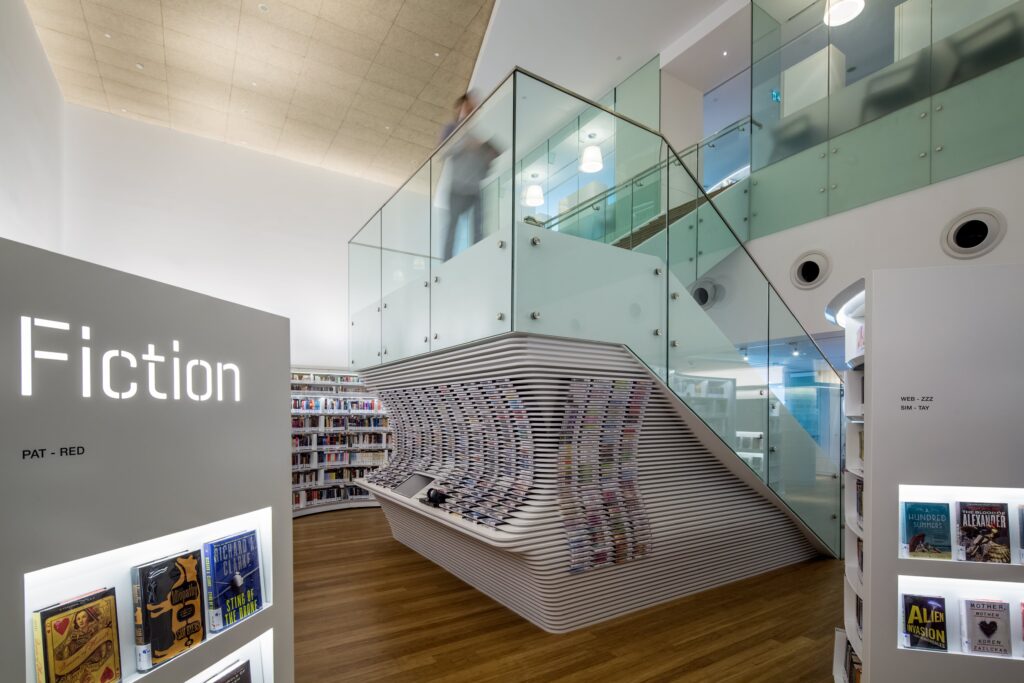
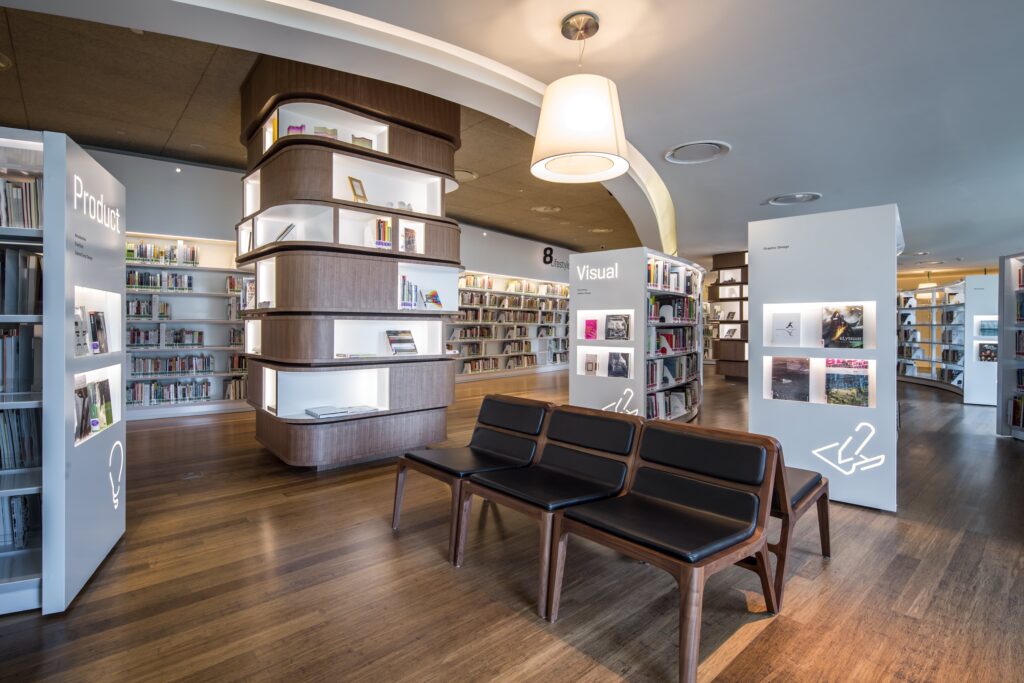
Top: Top
Bottom: Bottom
Right: Right
